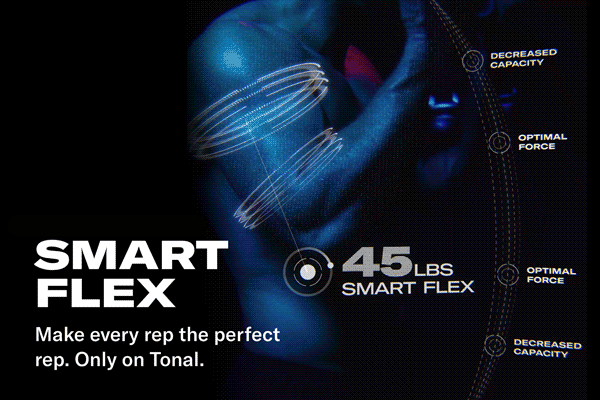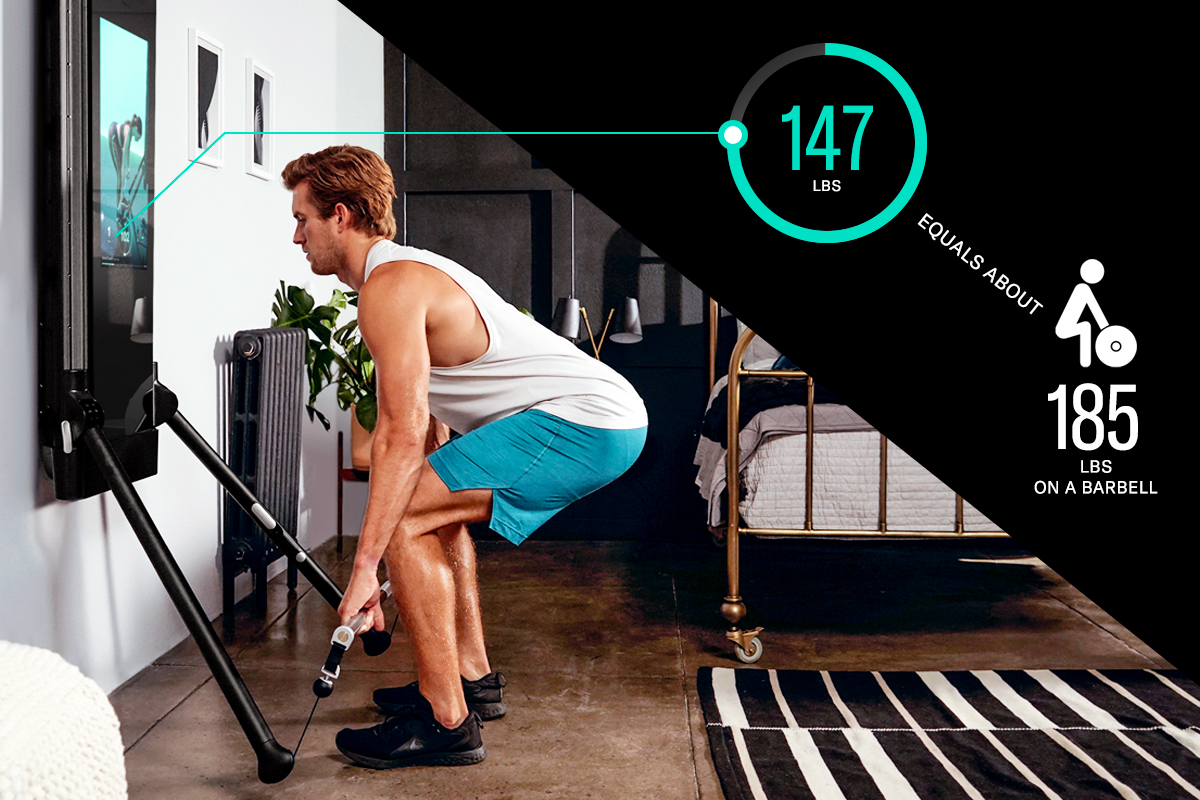Focusing on how you move rather than what parts of the body you move can help you get stronger, faster.

Training the upper body on one day and the lower body on another is a great way to approach your workouts, but there is an alternative that can be more efficient and more effective: push-pull workouts. Push-pull training philosophy focuses more on how you are moving your body rather than on what parts of your body you are moving, which can help you get stronger and avoid injuries.
What Exactly Is Push-Pull Training?
Push-pull workouts focus on muscle groups that perform similar mechanical actions. A traditional push-pull training routine is as follows:
Day 1: Upper-Body Push Exercises
Muscle groups targeted: chest, shoulders, and triceps
During these exercises, you push weight away from your torso, or in the case of a bodyweight exercise like a push-up, you push your torso away from the floor. With the exception of the triceps, push exercises target the front of the body.
Day 2: Upper-Body Pull Exercises
Muscle groups targeted: back, biceps, and forearms
During these exercises, you pull weight toward your torso, or in the case of a bodyweight exercise like a pull-up, you pull your torso toward the bar. With the exception of the biceps, pull exercises target the back of the body.
Day 3: Legs
Muscle groups targeted: quadriceps, glutes, hamstrings, calves
In traditional push-pull training, the third day is devoted to all leg exercises. A more advanced application of push-pull training splits the lower body into push and pull exercises on separate days (read more about push-pull leg training here).

The Benefits of Push-Pull Workouts
When you split up your workout week by body parts such as chest, then back, and then legs, you often inadvertently work the same muscle groups on those different days. For example, the shoulder muscles are taxed during many chest and back exercises.
By doing push movements on one day and pull movements on another, you ensure you’re using different muscle groups, which allows the other muscles to properly recover. This means you can train each muscle group more often—twice per week, if you train six days with one day of rest—without overtraining. The result: You get stronger, faster.
If you’re looking to get lean, push–pull workouts also allow you to train more of your body per workout than a traditional split, helping you to burn fat and build muscle. And while many want to train the vanity muscles on the front of the body—the biceps, pecs, and abs—neglecting the muscles of the posterior chain results in imbalances that can lead to postural issues and overuse injuries.
“Thinking of training in terms of pushing and pulling can make it easier to balance your workouts,” says strength and conditioning coach and former professional quarterback Nic Shimonek. “And for most people, balance is more important than overload.”
Start by Assessing Your Needs
Some researchers and trainers say you should pull more than you push, while others say the movements should be balanced. However, if you have a job that keeps you moving and active throughout the day, your training requirements will be very different from someone who spends eight-plus hours slouched over a laptop or a phone.
“In today’s world, so many of us live with our shoulders rounded forward,” Shimonek says. “So, if we constantly train the chest with push exercises as many bodybuilders do, the musculature in front gets even more tightly bound than it already is.”
Shimonek recommends pulling more than you push to strengthen the posterior chain and open up the muscles on the front of the body. Additionally, most adults tend to be weaker in pulling exercises than in pushing exercises, which indicates working on pulling strength should be more of a priority.

Change Up Your Push Pull Workouts
Push-pull exercises can be classified as either horizontal or vertical. A horizontal push or pull exercise is one in which the weight moves toward and away from the torso, straight out in front of you. A vertical push or pull exercise is one in which the weight moves up and down overhead. It is important to train both of these movement patterns, but it is also important to make sure you are training different muscles, explains Josh Clay, certified strength and conditioning specialist and programming specialist at Tonal.
“In both a lat pulldown, which is a vertical pull, and a single-arm row, which is a horizontal pull, you pull your elbow into your pocket,” Clay says. “So, you’re training the lat through a greater range of motion with the vertical pull than with the horizontal pull, but you’re still only training the lat.”
Incorporating exercises that feature different elbow positions will ensure you hit different muscles. Try face pulls and barbell bent-over rows to target the rear deltoids, rhomboids and trapezius muscles. You can also change the angle of push exercises with moves such as lateral raises and incline bench presses. (Read about at home push exercises here.)
3 Ways to Use Push-Pull Workouts to Achieve Your Goals
For hypertrophy: Try all-push or all-pull workouts that begin with smaller movements and finish with a bigger, compound movement to exhaust a particular muscle group. For example, begin with a banded pull-apart or a face pull, then follow with a barbell row for an all-pull workout. For an all-push routine, begin with a chest fly and follow with a bench press.
If you’re short on time: Try a 10-minute, push-pull superset. Shimonek favors a workout that features 15 rows and 15 push-ups at the top of every minute, as “an easy way to blast the entire upper body in a timely manner.”
On Tonal: Try Coach Paul Wright’s Push-Pull Strength, a two-week workout program, which focuses on upper-body push exercises on Day 1, upper-body pull exercises on Day 2, and lower body on Day 3. It’s an intermediate-level program designed to build muscle for strong and effective pushing and pulling movement patterns.
If you’re just getting started, Coach Tim Landicho leads beginner-level full-body push workouts and full-body pull workouts that’ll get you familiar with these movements. Landicho emphasizes the rest periods in between sets so you can maintain good form and power output in each rep.
To see how other coaches practice push-pull training, try Push-Pull Build with Ash Wilking for a sampling of full-body push exercises, or take on a day of full-body pull exercises in Push-Pull Build with Tanysha Renee. Both are beginner-level workouts done at a slow, controlled pace to help build your competency—and confidence—with the movements.
Another intermediate-level option is the four-week program Push + Pull Power with Coach Jared Rodriguez. You’ll do upper-body and lower-body push exercises on Day 1, upper-body and lower-body pull exercises on Day 2, and a mix of both types of movements plus core exercises on Day 3. It’s a surefire way to build overall strength and balance in your body.
If you would rather move at your own pace without the guidance of a coach-led class, the new Custom by Tonal BETA offers a six-workout Classic Push/Pull/Legs series, created for the experienced lifter with an emphasis on hypertrophy. You can tackle three (PPL) or six (PPLPPL) workouts each week depending your schedule and goals.
To find these new Classic Push/Pull/Legs test workouts, scroll to the bottom row of your Home Screen or to the bottom row of the “For You” tab in your Explore section.


